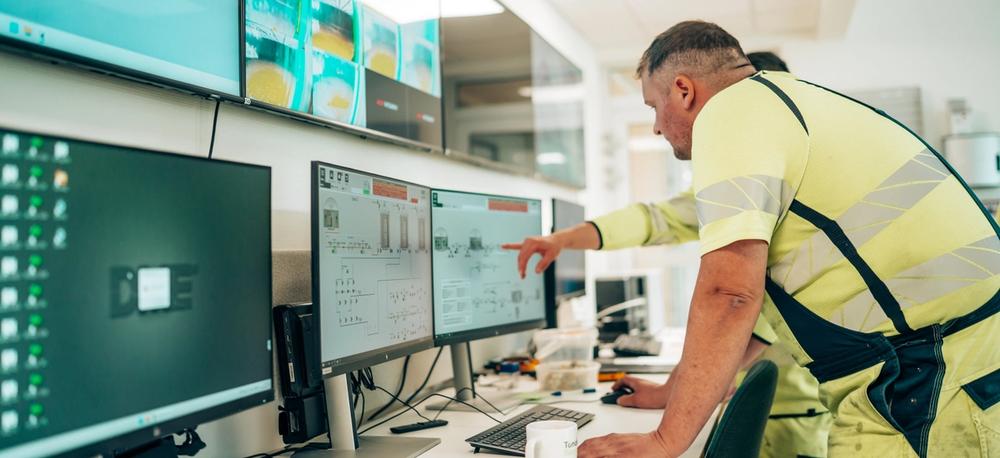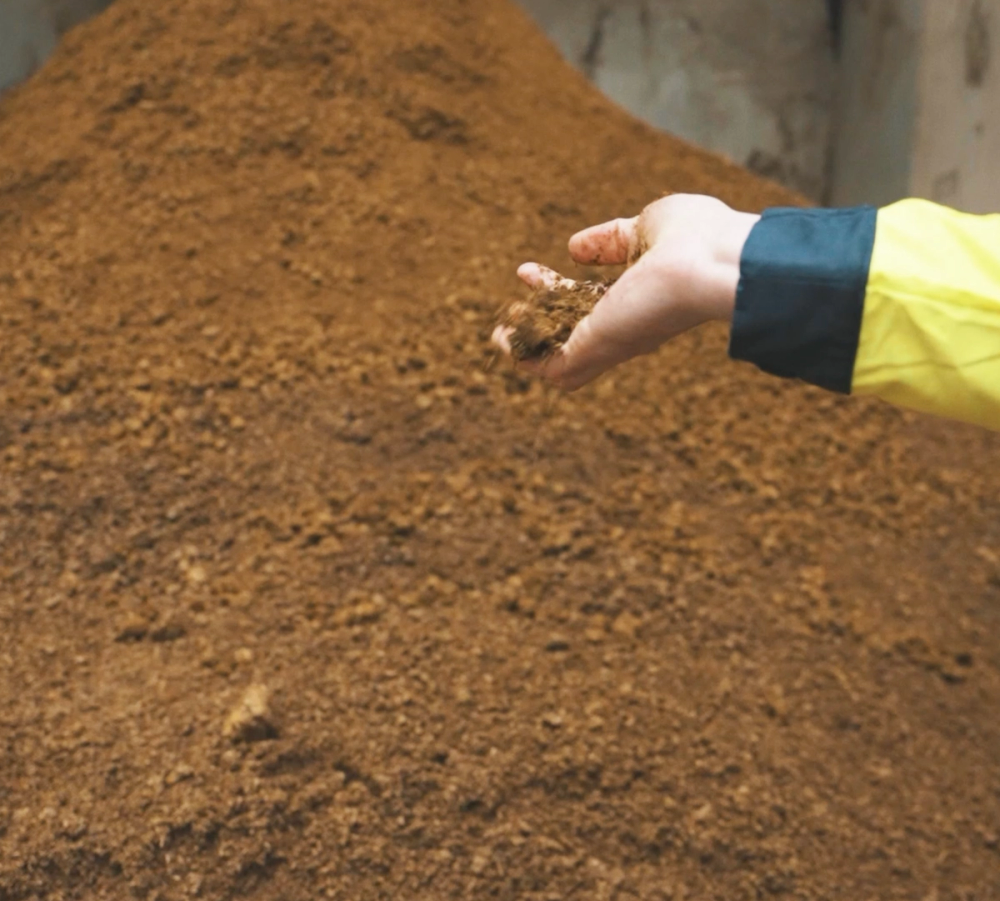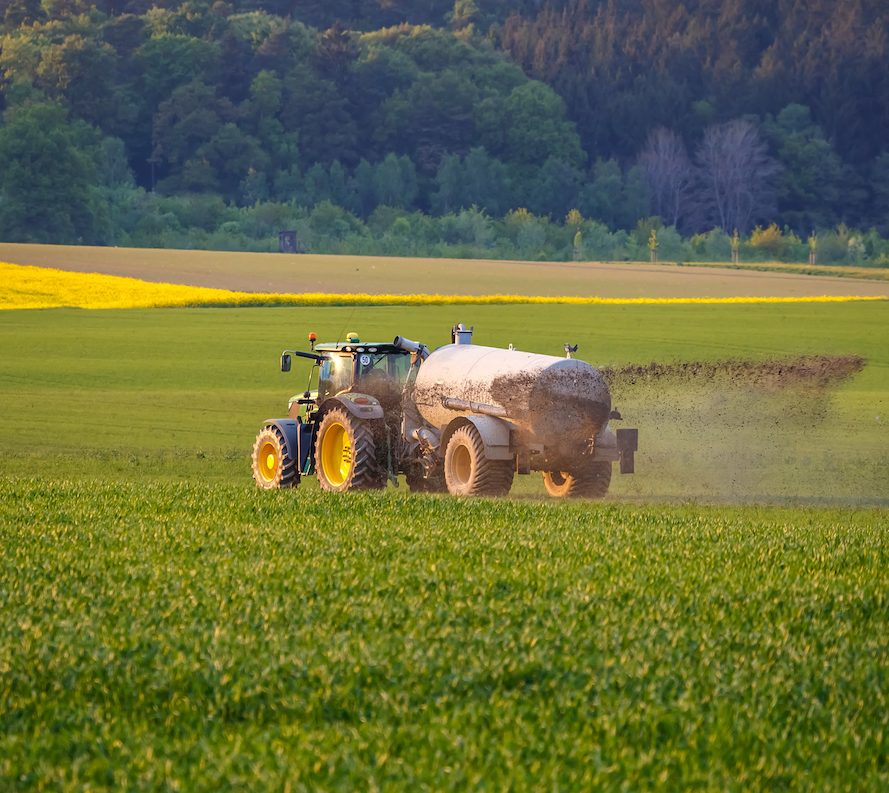A record injection of renewable natural gas into the Belgian network
Biogas Hautrage aims to play an active role in the ongoing energy transition by producing 340 GWh of biomethane annually, which will be injected directly into the Fluxys gas network.
The project's contribution to achieving Belgium's targets is undeniable, as the BGH unit alone will produce almost three times more than the current sector in Wallonia (123 GWh) annually, which is equivalent to the annual gas consumption of nearly 100,000 Walloon households using gas for domestic hot water and cooking.
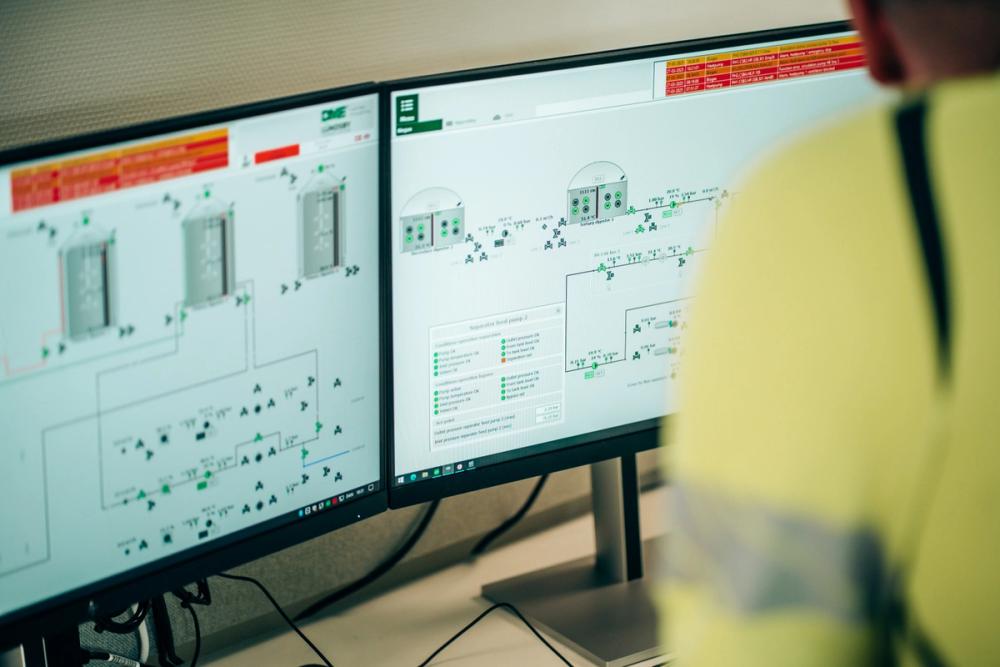
Transforming organic matter into sustainable resources
Biomethanization is a natural process that transforms organic matter (livestock manure, agricultural residues, etc.) into biogas and digestate through the action of microorganisms in the absence of oxygen.
In closed digesters, heated to between 40°C and 55°C and under strict pH control, bacteria break down the organic matter under optimal conditions. A precise balance of inputs, comparable to a balanced diet, ensures maximum efficiency of the process.
The biomethanization unit will process 100% of the incoming raw materials into three new main resources.
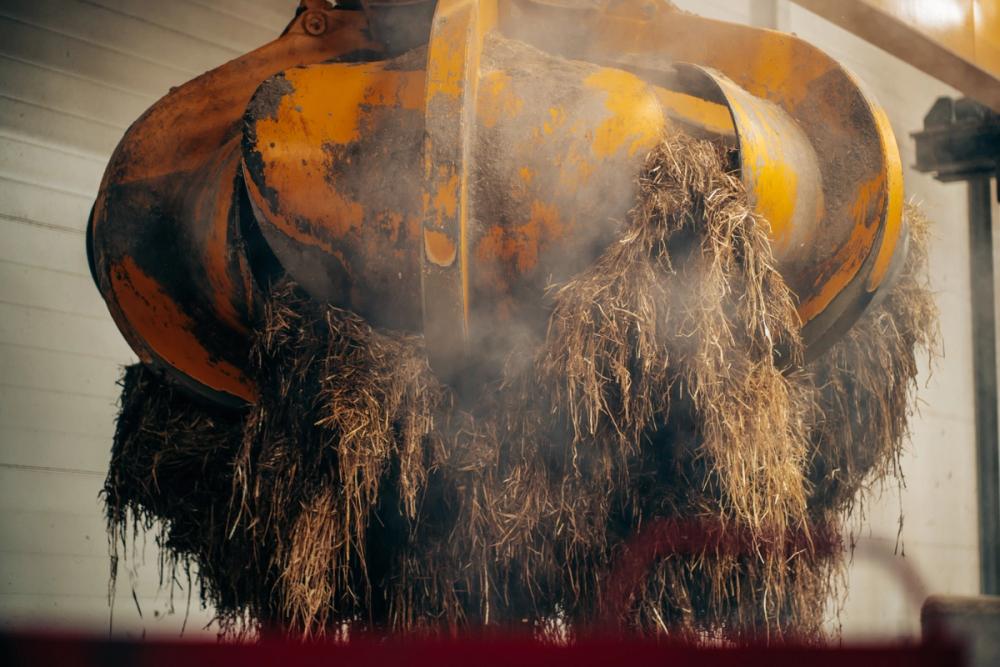
Strict selection of inputs
Each year, the biomethanization unit will process 695,000 tons of agricultural effluents and 205,000 tons of agri-food residues. All inputs will comply with Annex 9A of the RED III regulation, and no food or dedicated crops will be used in the process.
The supply area will be as local as possible and limited to 100 km around the site. In addition to livestock manure, approximately 205,000 tons of agri-food residues such as onion skins, potato scraps, and cereal residues will be added.
Converting raw materials into three high value-added products
Useful and non-polluting BioCO₂
Unlike CO₂ from fossil fuels, BioCO₂ is part of the natural carbon cycle and therefore does not contribute to the greenhouse effect. Biogas Hautrage stands out for its capture and processing of the CO₂ contained in biogas. Each year, the unit will produce around 45,000 tons of food-grade BioCO₂, which will be used in applications that help decarbonize certain agri-food industries, such as the manufacture of dry ice for the pharmaceutical cold chain, the production of sparkling drinks, and food preservation in the agri-industry.
An organic amendment
The raw digestate produced by the methanization process is pasteurized to eliminate any pathogens or germinating seeds. The solid fraction of the digestate is particularly rich in organic matter and valued for its agronomic qualities. Approximately 220,000 tons per year will be distributed directly to partner farmers or marketed through our partners, thereby promoting more sustainable and circular agriculture.
An organic fertilizer with rapid nutrient supply
Complementary to solid digestate, liquid digestate is rich in essential nutrients that can be immediately assimilated by plants. This liquid digestate will be converted into two products:
- 50,000 tons of concentrated organic fertilizers that will be marketed
- 50,000 tons of pasteurized liquid digestate, the volume of which corresponds to the effluents received from local partners in a circular approach
Any questions?
Whether you are a local resident, a farmer interested in collaboration, or simply curious, our team is here to help.

